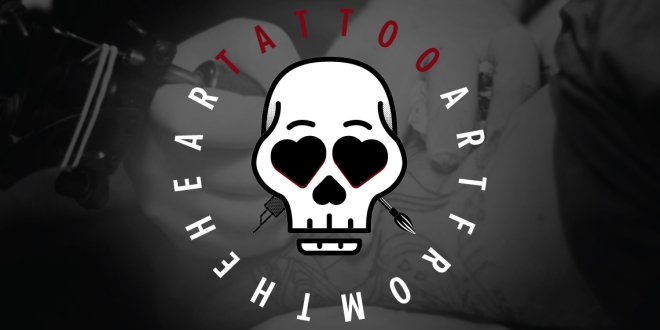Roman mythology is the body of the traditional stories, which pertain to the legendary origins and religious system of ancient Rome. The visual arts, as well as the literature of the Romans, represent it in this way.
- Roman mythology, history, and origins.

Roman mythology can also refer to the modern study of these representations. Moreover, it may refer to the subject matter as the art and literature of other cultures in any period represent.
The Romans often treated their traditional narratives as historical, even when these have supernatural or miraculous elements. The stories usually concern morality and politics or how the personal integrity of people relates to their responsibilities to the community or the Roman state. Heroism was a very important theme.
The early influence of the Greek religion on the Italian peninsula complicated the study of Roman religion and myth. This happened during the proto-history of Rome. The later artistic imitation of Greek literary models by Roman authors also influenced it.
The Roman deities or gods most familiar nowadays are the ones the Roman identified with Greek counterparts. They integrated Greek myths, iconography, as well as sometimes religious practices into the Roman culture. This included Latin literature, Roman art, and religious life, as people throughout the Empire experienced.
Many of the own gods of the Romans remain obscure, and we know them only by name. Sometimes, we know them by function, through texts and inscriptions, which are usually fragmentary.
This is especially true of those gods that belong to the archaic religion of the Romans. This religion dates back to the era of things, and they called it “Religion of Numa.” Throughout the Empire, the deities of peoples in the provinces have new interpretations in light of attributes or functions.
One god that belongs to the group of ancient Roman gods is Janus. However, this god has his roots in an Indo-European deity. Janus is one of the most ancient of the Roman gods, and he has two faces. Here, we will talk about Janus, his characteristics, and his uses in tattoo artworks.
- Who was Janus?
In ancient Roman myth and religion, Janus is the god of gates, beginnings, time, transitions, doorways, duality, endings, and passages. People often depicted him as having two faces, as he looks to the future and also to the past. It is conventionally thought that the month of January got its name after him. However, according to the almanacs of ancient Roman farmers, Juno was the tutelary deity of the month.
Janus actually presided over the start and end of a conflict, and therefore peace and war. The gates of a building in Rome got their name after him, and people opened them in time of war or closed them to mark the arrival of peace. Being the god of transitions, he had functions pertaining to journeys, exchange, and birth. In his associations with Portunus, a similar gateway and harbor god, he was the god of trading, traveling, and shipping.
Janus hasn’t had a specialized priest or flamen assigned to him. However, the King of the Sacred Rites carried out his ceremonies. Janus had a ubiquitous presence in some religious ceremonies throughout the year. As such, people ritually invoked him at the beginning of each ceremony. The ancient Greeks didn’t have an equivalent to Janus, and the Romans claimed that he was distinctively their own.
- The presence of Janus in tattoos.
The god with two faces, one on each side of the head, was originally the creator. However, over time, he became the god of change and transition, as well as the god of the gate. The two faces that he had meant that he watched the entrances and exits, or saw the internal and the external worlds. They also mean that he watched above and below, could see before and after, and be for and against. Janus was also the god of beginnings and the protector of portals.
Just like every god tattoo represents the meaning and symbolism of the god in a particular culture, Janus tattoos will also represent the traits of this god. As a result of this, we can say that Janus tattoos symbolize protection and beginnings. Moreover, they can symbolize change or transition in the wearer’s life.
As Janus finds his associations with trading, traveling, and shipping, all these things can be symbolic of Janus tattoos. When we talk about change and transitions, we refer to the progress of the past to the future. This can also apply to the progress from one condition to another, from one vision to another, or the growth of a young person to adulthood.
Janus tattoos can also represent time, as he had the ability to see in the past with one of his two faces. People worshiped him at the beginnings of the harvest and planting times. They also worshiped him at marriages, deaths, or some other beginnings. He also had an intrinsic association with auspices and omens.
Although not common tattoo designs among tattoo lovers, Janus’s tattoo is quite symbolic. This is because of the importance that Janus has among the ancient Roman gods.






